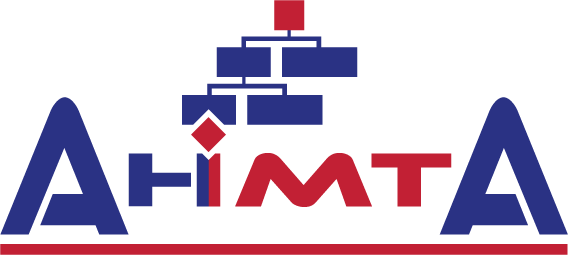How do I develop an AHIMT in my jurisdiction?
Qualification Process Overview utilizing the AHIMTA Interstate Incident Management Qualifications System Guide
Qualification is based on completing all the criteria set out in the Incident Command Position Description qualification tables (ICPDQT), which include training, experience, currency, and physical/medical fitness factors. The qualification process is a performance-based system. The critical aspect of this system is that the trainee demonstrates successful performance, as assessed by a qualified evaluator(s), of the tasks within the Position Task Book (PTB) for that position.
There are six sequential steps that the State or delegated AHJ should develop as part of the process for an individual’s certification as qualified for a given position. Additionally, once an individual has obtained initial certification, there are qualification requirements to maintain certification. In summary, these steps are:
Step 1: Prerequisite Qualifications and Experience.
The position candidate completes the prerequisite experience or qualification criteria for the position as identified in the respective Incident Command Position Description Qualification Tables.
Step 2: Position Task Book Initiation.
Initiate a Position Task Book for the position and credential the individual to function as a trainee on qualifying incidents and events (see position task book Administration below). An individual cannot be assigned to an interstate incident unless the trainee is credentialed as such by the State.
Step 3: Training, Experience and Position Task Book Completion.
Complete the required training for the position, including completing any certifications or licenses as delineated in the ICPDQT. Experience is gained, and performance is evaluated by completing the Position Task Book.
Step 4: Review and Evaluation of Qualifications.
After the Final Evaluation and the PTB has been completed, the trainee’s records undergo evaluation against the requirements of the position as delineated in the ICPDQT. In addition, a State Qualifications Review Committee typically accomplishes evaluations and recommendations.
Step 5: Certification.
The designated State Certifying Official certifies the individual as qualified for the position.
Step 6: Issue Credential.
Credentialing means providing documentation, typically badges or identification cards, which verify an individual’s identity and qualifications to fulfill an incident-related position.
On-Going: Maintenance of Qualifications and Certifications.
Currency (typically five years) is maintained through involvement in at least one qualifying incident, event, or exercise. Recurrent training, involvement, and practice in a position’s duties allow the certified individual to stay proficient and prevent the degradation of knowledge, skills, and abilities required to successfully carry out the responsibilities of a position. Each position in the ICPDQT identifies any related positions that also maintain certification currency for that position.
Flowchart for Developing an AHIMT

Complete NIMS Training
The National Incident Management System (NIMS) Training Program identifies those courses critical to train personnel capable of implementing all emergency management functions. This program establishes the NIMS core curriculum to ensure it adequately trains emergency and incident response personnel to all concepts and principles of each NIMS component.
USFA O-305 Course
This five-day course is a basic introduction to the activities and processes of a Type 3 All-Hazards Incident Management Team (AHIMT), enabling them to be better prepared to support large-scale or complex operations in their communities. This course meets the needs of the National Incident Management System (NIMS) and the National Response Framework (NRF) while focusing on the importance of developing and operating as a functional USFA Type 3 AHIMT and will assist individual responders to perform as viable team members.
All-Hazards Position Specific Training Courses
The primary goal of the NIMS ICS All-Hazards Position Specific Training Program is to provide advanced-level training needed by personnel responsible for managing incidents of greater complexity than those typically encountered during routine operations. This training is designed to provide all-hazards competencies and behaviors for Command and General Staff and selected Unit Leader positions within a Type III or Type IV Incident Management Team (IMT) environment. Competencies in training are focused on the ability of the student to assume specific position responsibilities, lead assigned personnel, communicate effectively, and ensure the completion of assigned tasks to meet identified objectives for the position.
Position Task Books
Each AHIMTA Position Task Book (PTB) lists the performance requirements (tasks) for specific positions documented in the “All-Hazard Core Competencies-Final,” revised September 2007, recognized by FEMA’s National Integration Center, the NWCG, the EMI, and the USFA, and posted to the NIMS Resource Center Web.
© 2024 | AHIMTA is a 501(c)3 not-for-profit organization. Please consider donating to our growing organization. |
 All-Hazards Incident Management Teams Association
All-Hazards Incident Management Teams Association